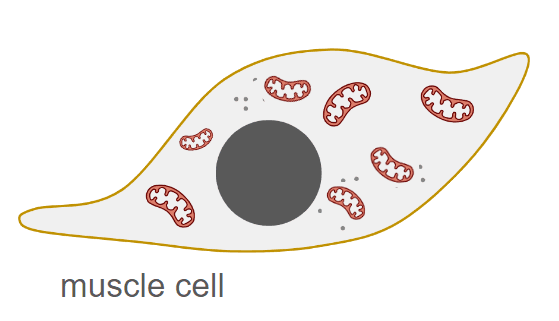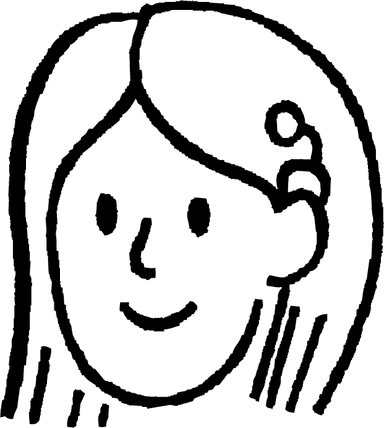Myths about teaching can hold you back
- Year 7
- Year 7
Movement
I can explain how muscles work together to move bones at joints.
These resources will be removed by end of Summer Term 2025.
Switch to our new teaching resources now - designed by teachers and leading subject experts, and tested in classrooms.
These resources were created for remote use during the pandemic and are not designed for classroom teaching.
Lesson details
Key learning points
- Bones meet at joints.
- Muscles can move bones.
- Muscles can only pull, by contracting, and cannot push.
- Some muscles work together in antagonistic pairs to move bones at a joint.
Keywords
Tendon - A tendon attaches muscle to a bone.
Ligament - A ligament holds two or more bones together at a joint.
Joint - A joint is where two or more bones meet.
Cartilage - Cartilage is a strong, smooth tissue that is found inside a joint.
Antagonistic muscles - Antagonistic muscles work in pairs to move a bone at a joint.
Common misconception
Thinking that muscles can push bones (when in fact they can only pull).
The lesson makes clear that muscles can only pull bones, and work in antagonistic pairs to pull bones in opposite directions.
To help you plan your year 7 science lesson on: Movement, download all teaching resources for free and adapt to suit your pupils' needs...
To help you plan your year 7 science lesson on: Movement, download all teaching resources for free and adapt to suit your pupils' needs.
The starter quiz will activate and check your pupils' prior knowledge, with versions available both with and without answers in PDF format.
We use learning cycles to break down learning into key concepts or ideas linked to the learning outcome. Each learning cycle features explanations with checks for understanding and practice tasks with feedback. All of this is found in our slide decks, ready for you to download and edit. The practice tasks are also available as printable worksheets and some lessons have additional materials with extra material you might need for teaching the lesson.
The assessment exit quiz will test your pupils' understanding of the key learning points.
Our video is a tool for planning, showing how other teachers might teach the lesson, offering helpful tips, modelled explanations and inspiration for your own delivery in the classroom. Plus, you can set it as homework or revision for pupils and keep their learning on track by sharing an online pupil version of this lesson.
Explore more key stage 3 science lessons from the Human skeleton and muscles unit, dive into the full secondary science curriculum, or learn more about lesson planning.

Content guidance
- Depiction or discussion of sensitive content
Supervision
Adult supervision recommended
Licence
Prior knowledge starter quiz
6 Questions
Q1.Muscle tissue is made up of specialised cells called cells.
Q2.Which piece of equipment would enable us to see a muscle cell?
Q3.True or false? Muscle cells have lots of mitochondria to help them contract.

Q4.Which of the following are real types of muscle tissue?
Q5.What is the name of the junction where two bones meet?
Q6.Which types of muscles are involuntary?
Assessment exit quiz
6 Questions
Q1.Which joint is fixed and unable to move?
Q2.Which statements about hinge joints are correct?
Q3.Who is correct?





